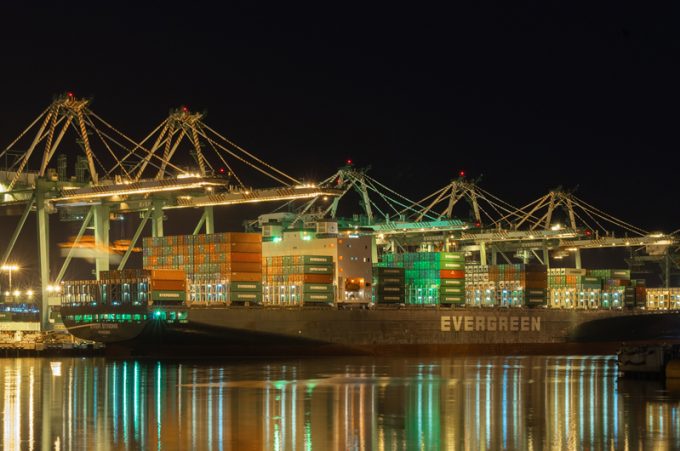Supply chain delays expected after earthquake hits Myanmar
Today’s earthquake in Myanmar won’t have devastating impacts on supply chains, but shippers should expect ...

Transpacific container spot rates to the US west coast have powered over the $3,000 mark to hit a record level of $3,167 per 40ft.
The US west coast component of today’s Shanghai Containerized Freight Index (SCFI) soared 17% on the back of 1 August GRIs and is now 100% higher than a year ago.
The spot rate surge represents the highest SCFI reading for the west coast in the decade-long history of the index – and the rate could go higher still ...
Transpacific sees first major MSC blanks as rates fall and volumes falter
'It’s healthy competition' Maersk tells forwarders bidding for same business
White House confirms automotive tariffs – 'a disaster for the industry'
New price hikes may slow ocean spot rate slide – but for how long?
Shippers snap up airfreight capacity to US ahead of tariff deadline
Supply chain delays expected after earthquake hits Myanmar
Tighter EU import requirements proving 'a challenge' for forwarders

Comment on this article